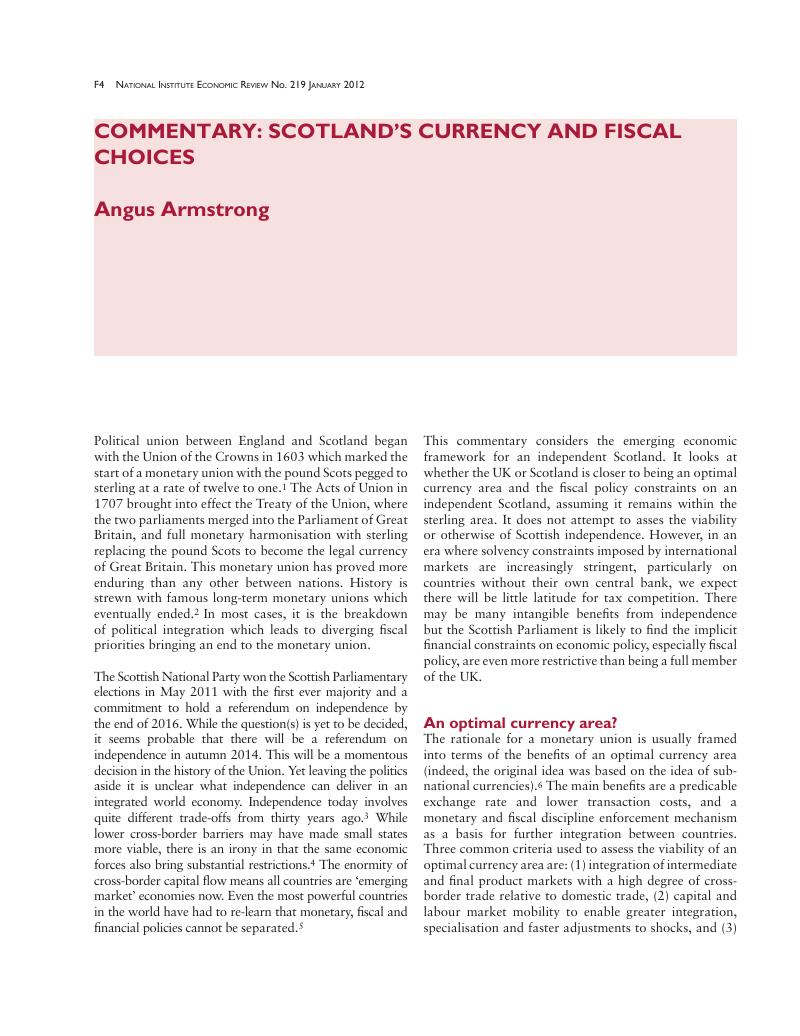Crossref Citations
This article has been cited by the following publications. This list is generated based on data provided by Crossref.
2012.
E: Policy, Law and Regulation.
World Banking Abstracts,
Vol. 29,
Issue. 2,
p.
110.



